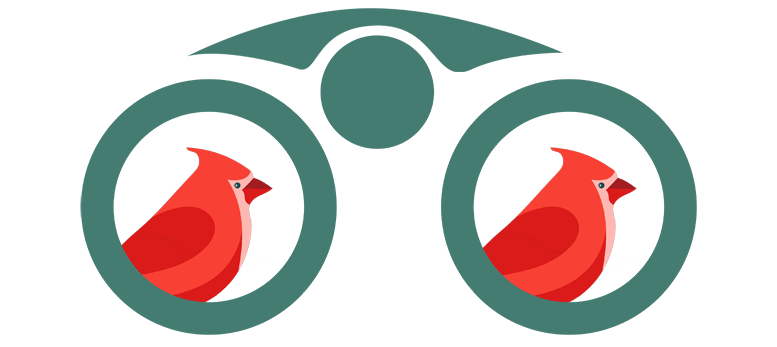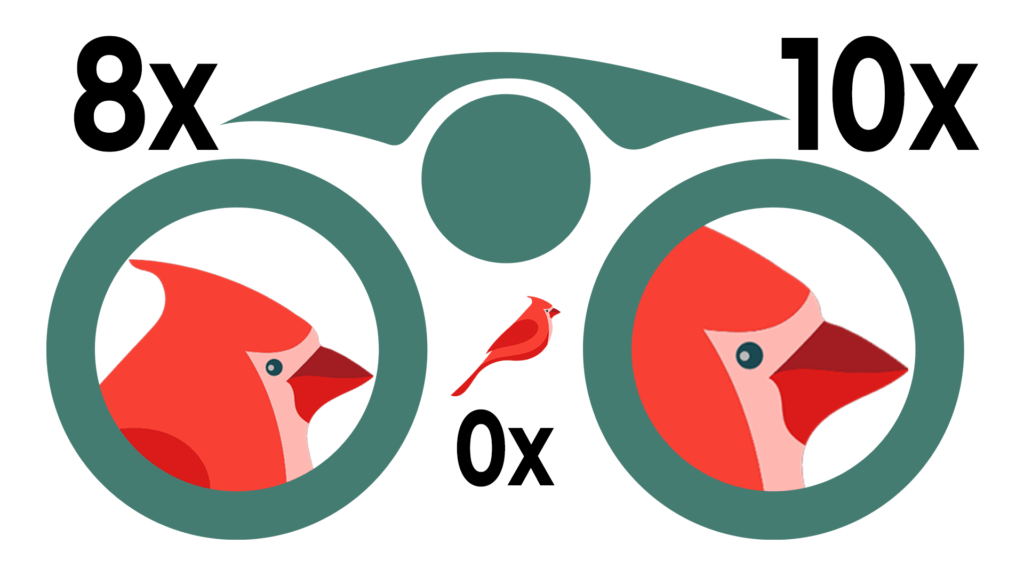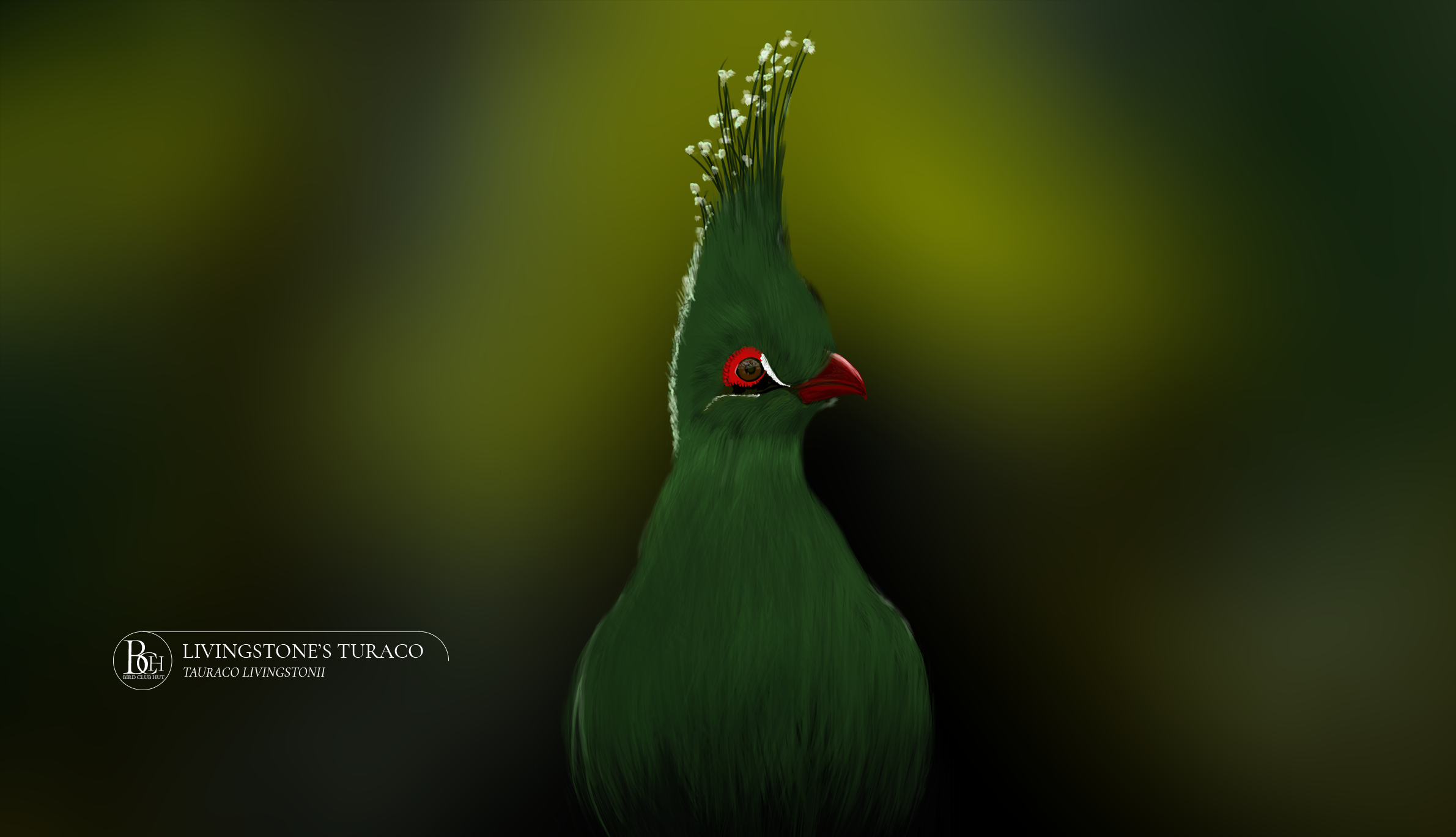We at Bird Club Hut are all about recording as a form of watching. Spotting Scopes or Binoculars are all about observing but we love those lenses to do more than just watch. Wild bird photography or video is our main goal as part of birding or bird watching. So what is the best way to observe the birds, you might ask. We do not know what is the best for you. We know what is great for us and that is why we wrote a brief binoculars buying guide for bird watching. It might make a difference for you when choosing your Binoculars.
Some bird people will continue to do observations only, and that is great, love that, I do it most of the time. We want to increase the number of people out there recording bird observations.
On that note, we’ll say that reporting an observation of a rare bird will take more people to the area to try to see it too, and therefore increase the observations. On the opposite side, if recorded and shared, people will also go out to try to see it too, but more assuredly.
The recording of a bird sighting by a commoner increases the possibility of disclosing behaviours or physical particularity that most people will not see as an identity difference but a scholar would, and to have that recording will help.
Binoculars – Your Type
There is a great offer for different types of binoculars for bird watching. Which type is better for you? Let’s find out.
Binoculars, monocular or Spotting Scopes(also monocular)? We start to say that there are possibilities of recording video or doing photographs in both versions but monocular beats binocular on magnification and that can help in our quest but… let’s talk about it.
Binoculars are great to start your watching or birding adventure. It is easy to transport and fast to set up. In seconds you can place a binocular on your eyes and spot the bird, identify it and move on to the next one. It is great to use in movement, horizontal or vertical, it is handy and really the best for observing birds on the move. A great instrument to start but not only. Binoculars will always be present even if you move to Spotting Scopes.
Binoculars are the main instrument for bird watching, no doubt there. A beginner should probably start with a less powerful binocular, the more powerful ones have hard-to-manage stability and you can get frustrated with it. We don’t want that.

There are also binoculars with stabilisation. This type of binoculars often use higher power because of stability. You have to choose wisely since some stabilisation is not as good as promised. A great feature though but needs testing or recommendation.
Going Tech To Get The Ideal One
Binocular and monocular. The first has two sets of lenses and eyepieces, Binoculars, and the second one has only one set lens and one eyepiece, therefore, MONOcular. That is it. Same brand and same specs will mean that is exactly the same but one you can use both eyes and the other only one at a time.
Binoculars always come with a set of numbers. First (7, 8, 9, 10, 11, etc) followed by the multiply symbol (X) and another number (30, 35, 40, etc). What do they mean? The first number followed by X represented, for example, by 8X is the power of magnification in relation to the apparent view of the subject. 8X means the subject will appear 8 times bigger through the lenses of the binocular. The second number is the diameter of the ocular in millimeters. Why is this important aside from the information included in it?

The human pupil has a size that ranges from around 2mm in daylight and around 8mm with low light, so full dilated. The exit pupil can be calculated with these numbers on the binoculars. So if we divide the lens diameter with the power we’ll get the exit pupil. Let’s say that we have a number like 30×60 we’ll get an exit pupil number of 2mm and that is extremely small and we’ll probably see a dark ring inside and not the full image. If we have a number of 10×42 the exit pupil number is 4.2mm and that is of a reasonable size and you’ll probably see the complete image through the binocular.
What Type of Binoculars Should You get?
Although there is a great offer on different features for binoculars, like housing materials, lens coating, magnification, zoom, prism coatings, weight, etc there is not a lot to choose from on the type of binoculars. There are two basic types: Porro Prism and Roof Prism.
Porro Prism has the glass elements offset giving that old school look and the Roof Prism has the glass elements aligned giving the binoculars a streamline aspect. Porro Prism have a greater depth of field and a wider field of view compared to similar roof prism binoculars, they are also bigger and heavier, in general.
One of the key elements for the binocular quality is the Lenses coating and equally important, the prism coatings. The coatings of both glass elements have a direct influence on image quality, reflexion, sharpness and clarity.
There are also electronic binoculars that offer new features like IS (Image Stabilisation), Night Vision, or video recording. These Binoculars need batteries therefore keep that in mind because you don’t want to be surprised by a power failure in the middle of a bird watching stroll.
Finally, there are some special binoculars for special services like the Maritime Binoculars that should be corrosion and temperature resistant to use in saltwater environments.
You have a lot to choose from and can be overwhelming sometimes and that is why Bird Club Hut is here, to help you.
Accessorise
Binoculars brands have different accessories but the most common are:
- Tethered caps
- Straps
- Cleaning kits
- Rain Guards
- Harnesses
- Tripod Adapters
- Digiscoping – You can take pictures putting together your Binoculars and your Smartphone.
- Eyecups
Conclusion
This post is a brief introduction to Binoculars features and construction. A way to present you a way to look at this world through the lenses of Binoculars. We hope we achieved that objective.
There is a lot of choice when you start reading the different features of the binoculars. Each person gives importance to the features that will help with the purpose of the binoculars. Bird Watching needs specific features but most binoculars have those in place.
Recording through the Binoculars or Spotting Scopes(Digiscoping) is a reality and has many followers. You need binoculars, your smartphone and an adaptor to combine both. I introduced that idea here and we will continue to talk about it in other posts.
Bird Club Hut has a few tests done on different types of binoculars to help you choose the best for you. We hope to achieve that task to your satisfaction.
Binoculars exist for a long time and they are here to stay. Let’s use it for recording.
Roseriver

